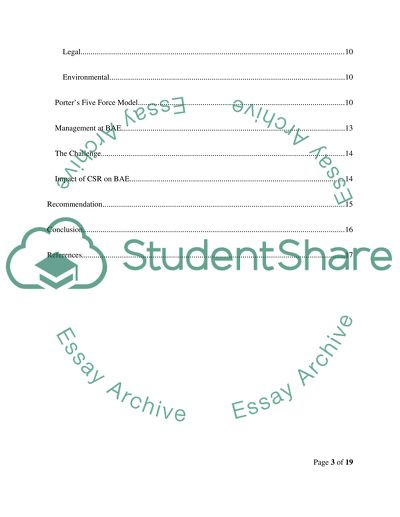Cite this document
(“GLOBAL CHALLENGES FOR BUSINESS, MANAGEMENT AND LEADERSHIP Essay - 1”, n.d.)
Retrieved de https://studentshare.org/environmental-studies/1422037-global-challenges-for-business-management-and
Retrieved de https://studentshare.org/environmental-studies/1422037-global-challenges-for-business-management-and
(GLOBAL CHALLENGES FOR BUSINESS, MANAGEMENT AND LEADERSHIP Essay - 1)
https://studentshare.org/environmental-studies/1422037-global-challenges-for-business-management-and.
https://studentshare.org/environmental-studies/1422037-global-challenges-for-business-management-and.
“GLOBAL CHALLENGES FOR BUSINESS, MANAGEMENT AND LEADERSHIP Essay - 1”, n.d. https://studentshare.org/environmental-studies/1422037-global-challenges-for-business-management-and.


